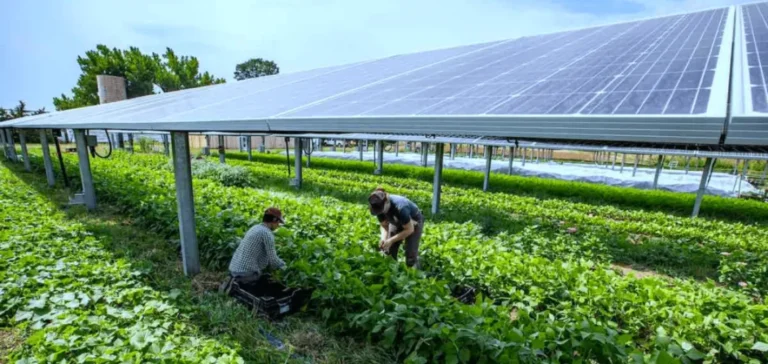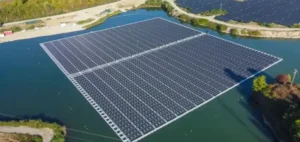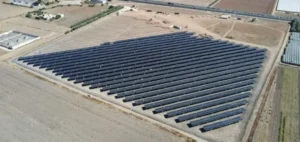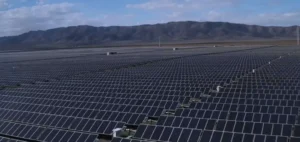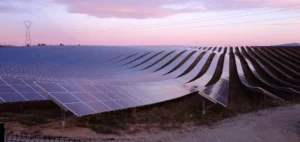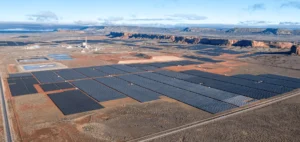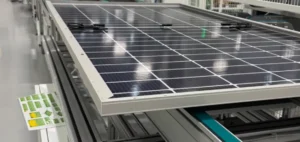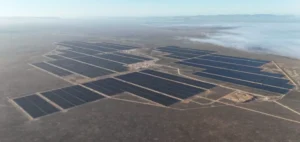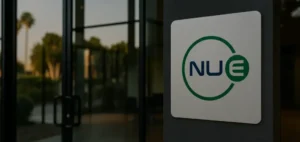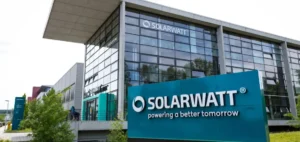Since its inclusion in the 2023 law on accelerating renewable energies, agri-voltaics has become a strategic development focus for energy developers operating across France. This model involves installing photovoltaic panels above cultivated land, with the goal of producing both agricultural output and electricity. Currently, around 200 projects are operational, but more than 2,000 are under review.
The Institut national de recherche pour l’agriculture, l’alimentation et l’environnement (Inrae) estimates that 300,000 hectares of agri-voltaic installations could generate as much electricity as France’s 57 nuclear reactors. The association France Agrivoltaïsme claims that “several thousand” more projects are viable in the coming years, while energy developers continue to secure pre-contracts with farmers.
Attractive economic models for farmers
On the ground, financial structures vary. Some developers fully fund the installations, such as a 4-hectare photovoltaic greenhouse in Gironde valued between EUR 5mn and EUR 6mn ($5.3mn to $6.4mn), operated by a kiwi grower. Other setups offer annual rents of EUR 2,000 to EUR 3,000 ($2,140 to $3,210) per hectare to farmers.
Electricity generation costs average EUR 70 ($75) per megawatt-hour, which remains below the cost of rooftop solar panels. This economic positioning strongly appeals to developers, especially in agricultural regions facing profitability crises, such as the wine sector in Gironde.
Land tensions and a fragile regulatory framework
According to several observers, the main risk lies in land speculation. Around 1 million hectares have already been pre-contracted—ten times more than the surface likely to be equipped over the next 25 years. In the Vienne department alone, nearly 100 projects covering 2,000 hectares have been recorded. Plots have been resold for up to EUR 7,000 ($7,490) per hectare, a level considered concerning by certain elected officials.
Member of Parliament Pascal Lecamp, rapporteur of a draft bill in committee, has warned against the model’s “perverse effects” and supports a “reasoned” approach limiting projects to 10 megawatts peak. The bill also proposes redistributing the value generated, in part through levies on electricity profits.
Local resistance and administrative delays
The sector’s rapid growth is facing local resistance and regulatory bottlenecks. The association Les Prés Survoltés, with around 300 local opponents, cites visual nuisances and risks of “heat traps” caused by installations. The Conseil national de la protection de la nature has also raised concerns over the uncoordinated rollout and potential biodiversity impacts.
France Agrivoltaïsme also points to long administrative processing times, ranging from three to five years, and difficulties accessing grid connection points, particularly for remote farms.
Electric potential requiring oversight
To address infrastructure constraints, collective self-consumption models are being considered. On the 85% of agricultural land located far from connection points, smaller-scale projects could be developed, according to proponents of a decentralised model.
Despite ongoing uncertainty, agri-voltaics is still seen by its advocates as a potential lever for strengthening the French energy mix. However, the legislative and economic framework will need to evolve to balance the interests of developers with those of the agricultural sector.


